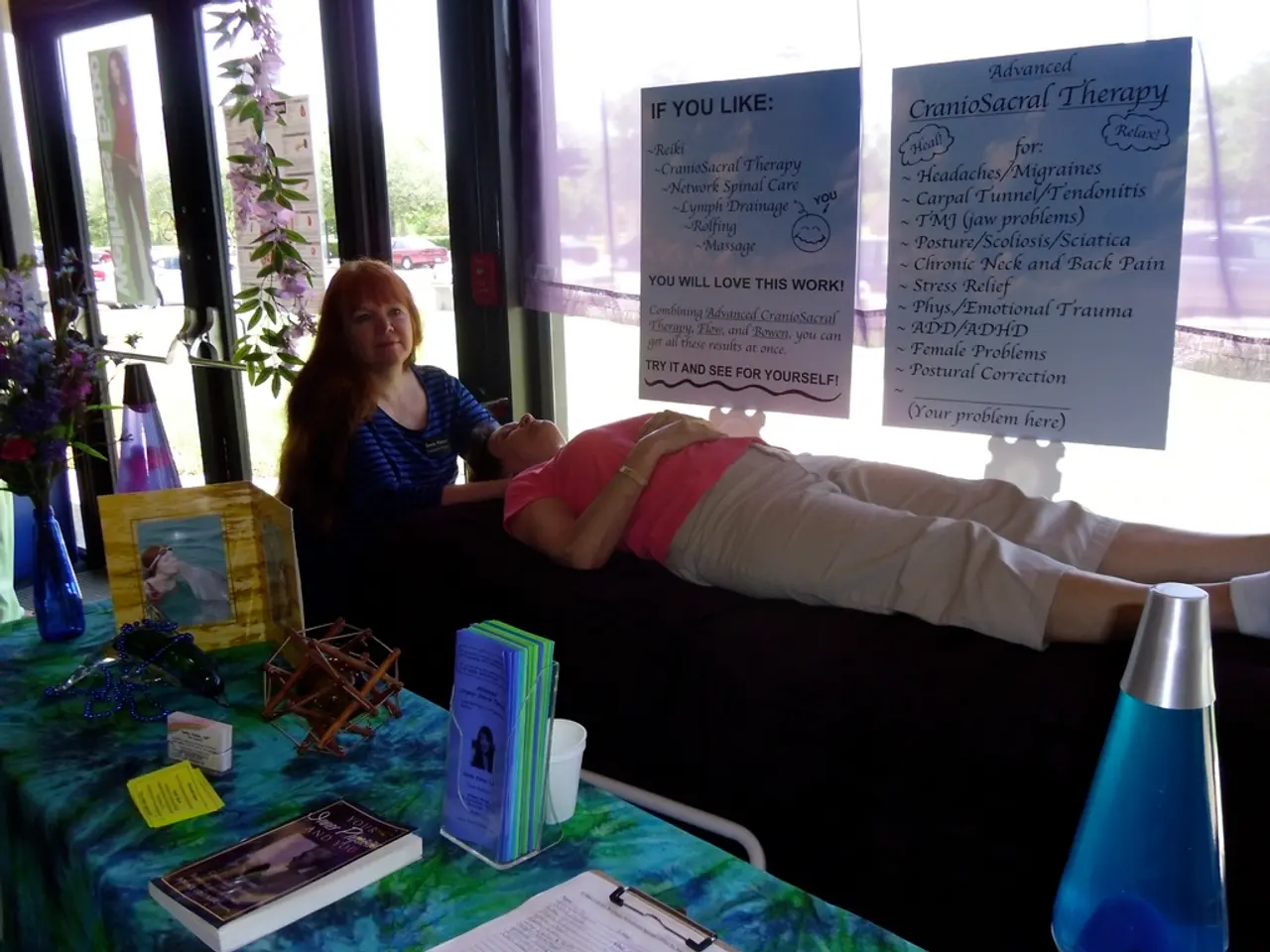Intense anxiety symptoms, causes, treatments, and additional insights
Anxiety disorders, the most common mental health condition in the United States, affect 40 million adults every year. These disorders can be debilitating, causing a range of physical and emotional symptoms that significantly impact daily life. Fortunately, there are effective treatment options available.
Key Therapy Methods
Cognitive Behavioral Therapy (CBT)
CBT is widely regarded as the leading therapy for anxiety. This structured form of talk therapy helps individuals identify and challenge irrational, anxious thoughts and replace them with healthier, realistic ones. CBT also teaches coping strategies to manage anxiety symptoms and reduce stress hormone levels, which helps stabilize energy and functioning.
Exposure Therapy
Exposure therapy involves gradually and systematically facing feared situations or triggers rather than avoiding them. By controlled exposure, individuals learn that these situations do not pose real danger, which reduces anxiety over time. This technique is especially effective for phobias, social anxiety, and obsessive-compulsive disorder.
Mindfulness-Based Stress Reduction (MBSR)
Incorporating meditation, mindful movement like yoga, and body scanning, MBSR helps people stay present and change how they relate to anxious thoughts without judgment. It improves emotional regulation and reduces reactivity to stress, complementing other anxiety treatments.
Acceptance and Commitment Therapy (ACT)
ACT focuses on accepting anxiety and uncomfortable feelings rather than trying to eliminate them, promoting psychological flexibility and value-based action despite anxiety presence. It is an alternative to CBT with a holistic focus.
Additional Considerations
For moderate to severe anxiety, combining therapy (especially CBT) with antidepressant medications such as selective serotonin reuptake inhibitors (SSRIs) can improve outcomes. In severe cases, structured outpatient programs providing intensive therapy and psychiatric support may be necessary.
Medications
Tricyclic antidepressants and selective serotonin reuptake inhibitors (SSRIs) are types of medication used to treat anxiety disorders. Tricyclic antidepressants work by increasing levels of serotonin and norepinephrine in the brain while reducing levels of acetylcholine. SSRIs, on the other hand, work by increasing levels of serotonin in the brain.
Side effects of SSRIs may include insomnia, sleepiness, sexual dysfunction, and weight gain. Tricyclic antidepressants may cause side effects such as a drop in blood pressure when a person stands, dry mouth, blurred vision, constipation, and urinary retention.
Lifestyle Changes and Alternative Treatments
Lifestyle changes, such as regular exercise, can help reduce stress and anxiety levels. Aerobic exercise may be particularly beneficial. Alternative or complementary treatments, such as relaxation and stress management techniques, meditation, yoga, and acupuncture, may help alleviate certain anxiety symptoms.
Dialectical behavioral therapy (DBT) is a complex and multilayered therapy that combines CBT methods with Eastern meditation techniques to focus on both acceptance and change.
Crisis Support
If someone is in crisis and considering suicide or self-harm, help is available. In the United States, the 988 Lifeline provides 24/7, free and confidential support. The Crisis Text Line also offers help by texting HOME to 741741. Helplines are available around the world.
It is crucial for people with debilitating anxiety to seek help, as anxiety disorders are highly treatable. Therapy and medications are effective treatment options, and many resources are available for those who require support, including online resources to find a therapist.
[1] Barlow, D. H. (2010). Anxiety and its disorders: The nature and treatment of anxiety and panic (4th ed.). Guilford Press. [2] Beck, J. S., & Emery, G. (2005). Cognitive therapy: Basics and beyond (2nd ed.). Guilford Press. [3] Craske, M. G., & Barlow, D. H. (2006). Mastery of your anxiety and worry: A proven program for conquerings your panic and obsessive thoughts. New Harbinger Publications. [4] Foa, E. B., Hembree, E. A., & Rothbaum, B. O. (2007). Effective treatments for panic disorder: A practice guide. American Psychological Association. [5] Hoffman, R. R. (2010). The OCD workbook: Your guide to breaking free from obsessions and compulsions (3rd ed.). New Harbinger Publications.
- Science has provided predictive therapies for various conditions, including migraines and psoriasis, offering hope for improved health-and-wellness.
- In the realm of mental-health, Acceptance and Commitment Therapy (ACT) promotes psychological flexibility and value-based action, serving as an alternative to Cognitive Behavioral Therapy (CBT).
- Lifestyle changes, such as regular exercise or practicing meditation, may help alleviate anxiety symptoms and improve mental health, as part of an overall health-and-wellness strategy.
- Migraine sufferers may find relief in treatments such as CBT, which can help manage and reduce the frequency of migraines, leading to improved overall health and well-being.




